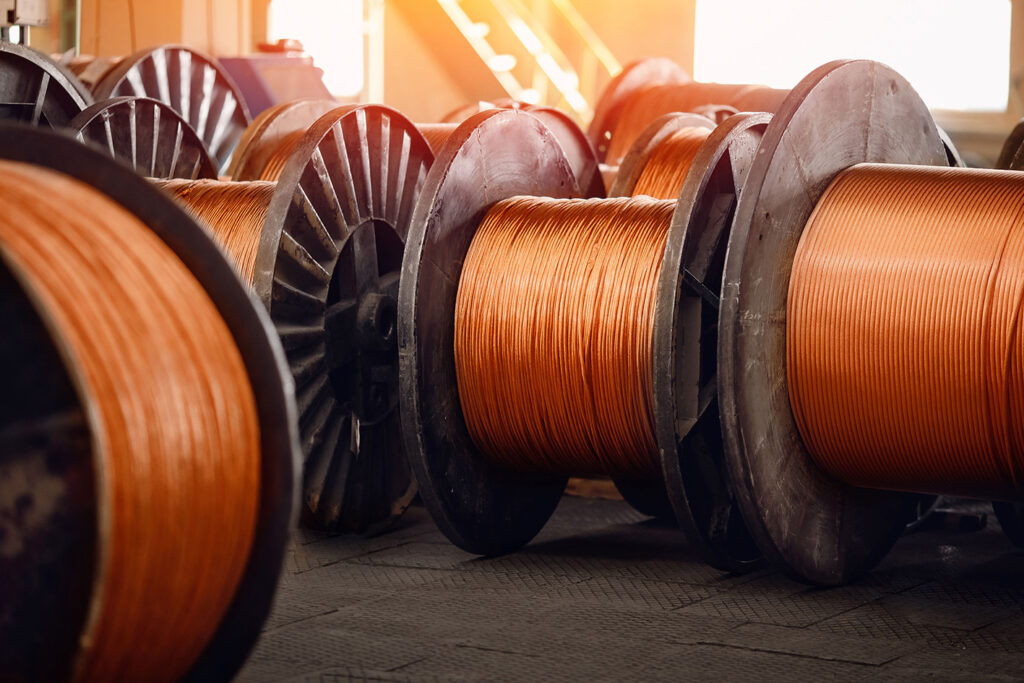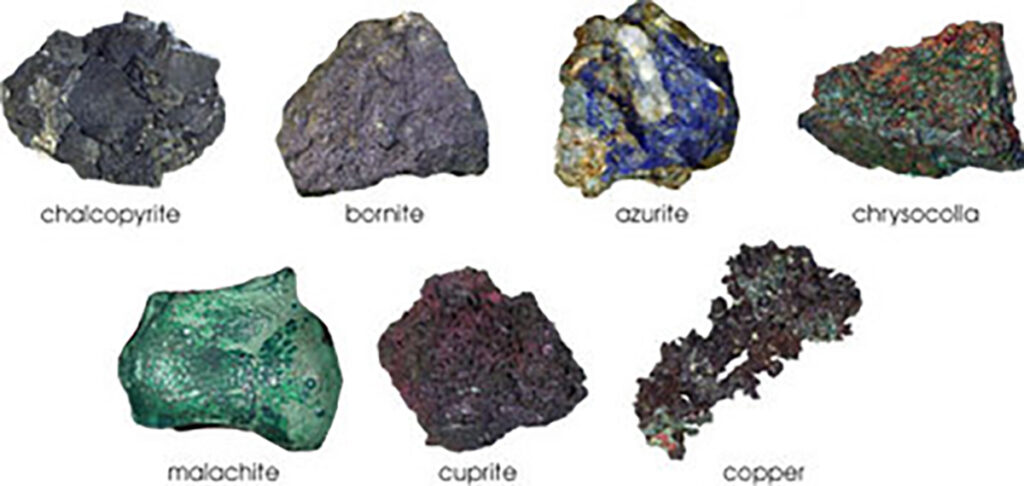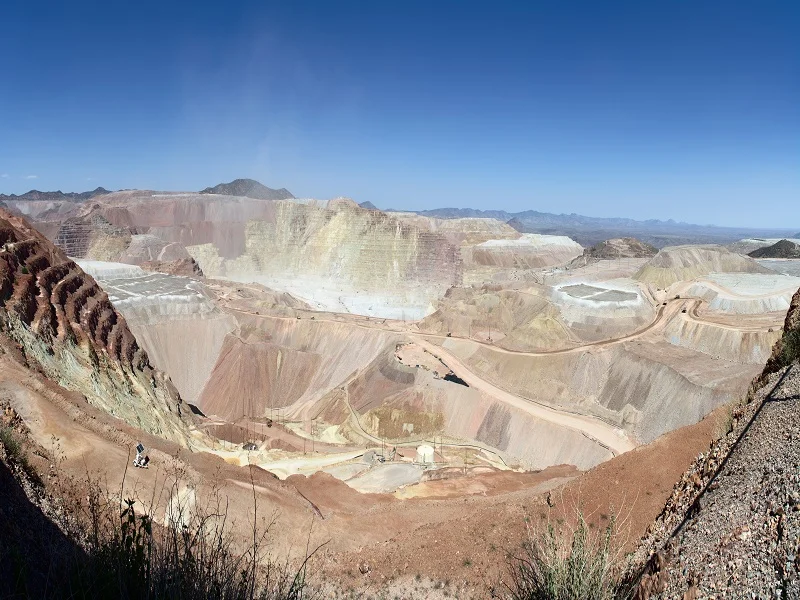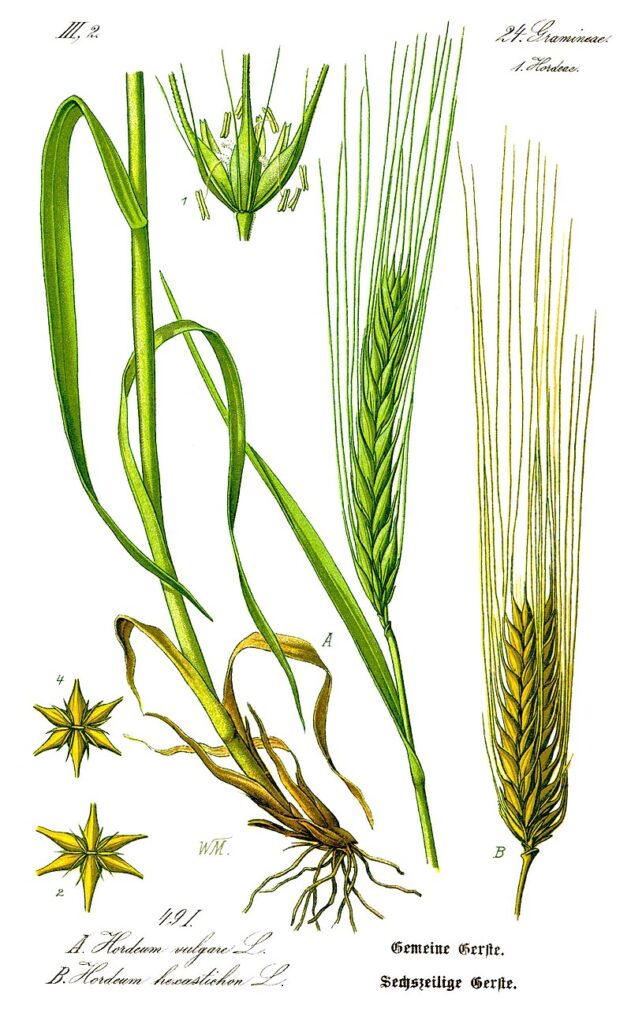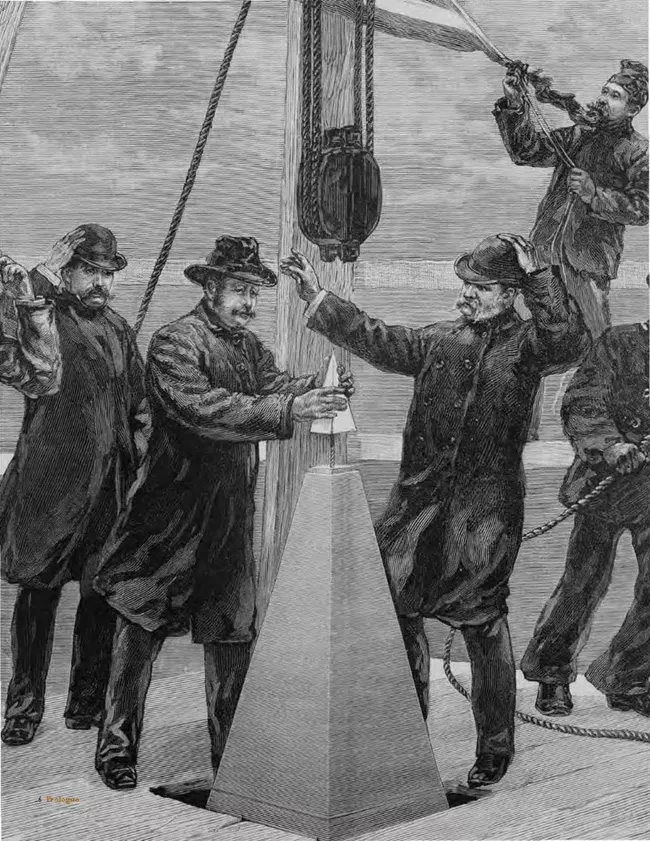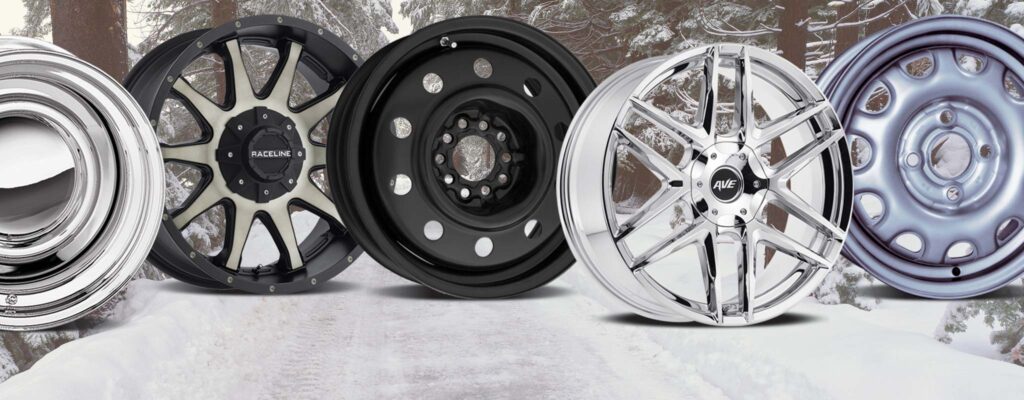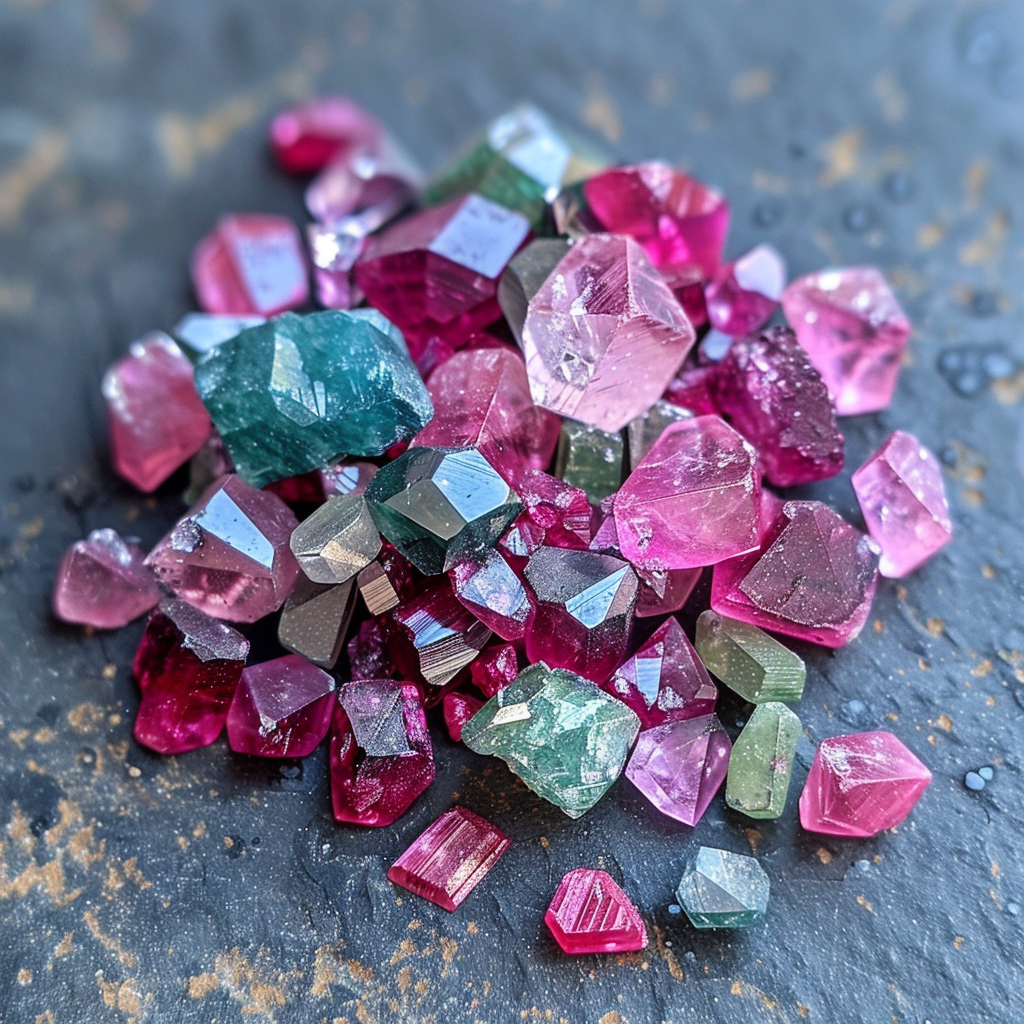The dual theme of my A to Z Challenge this year is the world of Commodities and Poetry Forms so the juxtaposition of these two themes may throw up some strange poems – could be a Heroic Ode to Heating Oil or will it merit a Haiku or a Haibun – whichever, I will be endeavouring to bring you interesting facts about commodities that may change the way you think about the stuff we variously depend on…
By commodity I mean certain items that are of both sufficient value/volume to be traded in special markets and are generally volatile enough to attract traders in “Futures” which are a way of hedging bets in the trading world of stocks, shares and commodities.
The A to Z Challenge runs throughout April and will consist of 26 posts – there are only a couple of letters for which I couldn’t find commodities but plenty of poetry forms to carry the day!
Frost Futures – yes you read it right – you can buy futures in Frost and other weather phenomena! This is at the heart of trading futures as a hedge against the unexpected and though you might argue that frost itself is not a commodity, yet its impact on many grown commodities is potentially devastating and trading in weather futures is a way of insuring against loss… What I have not been able to find are any meaningful figures for the trade in Frost Futures since this is still a rather exotic trade!
Here are some quotes from the CME Group who specialise in Weather Futures:-
“The common cliché is that every conversation begins and ends with the weather. That’s probably because weather is the most common and pervasive risk factor for individuals or businesses. […] a decisive majority of senior finance and risk managers confirm that their businesses are significantly impacted by the weather and a stunning eight out of 10 warn of a new risk: that the emergence of global climate change and accompanying volatile weather patterns will require changes to their business models in the decades ahead. […] Weather cannot be controlled. But with the introduction of the products we offer, its blame for company losses is no longer justifiable. Weather, like any commodity, can be traded and its risks mitigated. Our Weather products offer the ability to manage volumetric risk or the risk due to variability in sales revenues, caused by weather-related fluctuation in levels of consumption.”
Forgive the corporate language but in essence – trading in futures is gambling and weather futures are a way of hedging your bets… That’s it – short and sweet, other commodities beginning with F include Feeder Cattle and Fish and if you are wondering what Feeder Cattle are – they are young cattle which are sold on (often a byproduct of dairy herds who need repeat pregnancies to maintain milk production) for fattening up before selling.
And so to the poem which today is Free Verse – a form which often seems to be the most ubiquitous among modern poets. Free Verse does not use meter or rhyme, but is still are recognisable as ‘poetry’ by virtue of complex patterns of one sort or another that readers can perceive to be part of a coherent whole. (Language is a Virus…)
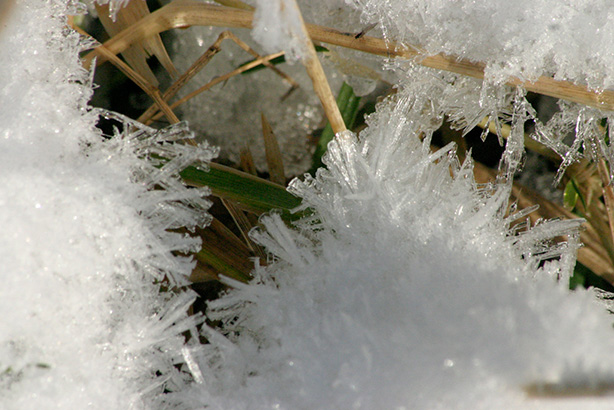
Frost
A beautiful assassin calls at night
you can never be sure when
you may stand guard in your garden
gazing at the glittering array
in the heavens
revealed by a clear sky
and feel in your bones
she is lurking
but she will wait till
cold has driven you
to your warm bed
and in the early hours
she will grip plants
squeezing them to death
by freezing the life blood
in their very veins
You will awaken
to a white wonderland
of sparkling crystals
coating the world
and await the sun’s
sufficient elevation
to melt the assassin’s work
and reveal the extent
of the damage
the body-count
the wilting and the dying
the seedlings cut down
in their infancy
and even as you curse
the late and unpredictable
frost’s devastation
counting the cost
planning the re-planting
you cannot help
but admire the beauty…
© Andrew Wilson, 2024

